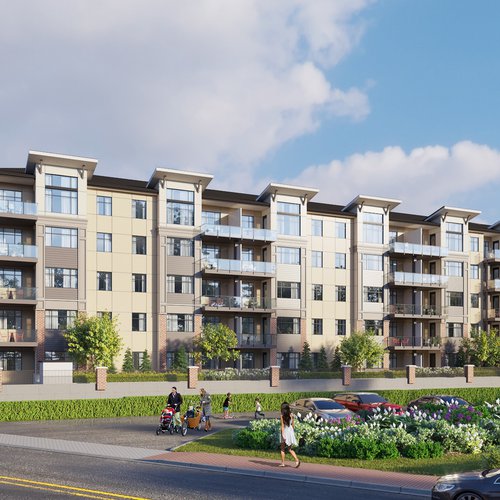Feb. 1, 2024
tags : categories: Marketing , Property Development , Architects , 3D Siteplans
In the dynamic world of architecture, the advent of parametric design has marked a revolutionary shift, redefining the boundaries of what is possible in architectural design and construction. At its core, parametric design is a process that utilizes algorithms and computational thinking to generate complex forms and structures, which are both aesthetically groundbreaking and functionally innovative. This approach, steeped in the fusion of art and technology, is not just reshaping our skylines but also the very way architects approach the creative process.
The Genesis of Parametric Design
The roots of parametric design in architecture can be traced back to the early use of computational tools in the design process. However, it was not until the late 20th and early 21st centuries that this practice gained significant momentum. The proliferation of advanced computer technology and software has been a key driver, enabling architects to explore new forms and structures that were previously unimaginable or too complex to be realized.
Parametric design is characterized by the use of parameters or variables to define and encode relationships between different design elements. This approach allows for a high degree of flexibility and adaptability in the design process. Changes in one part of the design can automatically trigger adjustments throughout the design, ensuring consistency and coherence.
Transforming Architectural Visions
One of the most significant impacts of parametric design in architecture is the ability to create complex, fluid, and dynamic forms, resulting in buildings that are not only visually stunning but also environmentally responsive and sustainable. For instance, the intricate lattice structure of the Beijing National Stadium (also known as the Bird's Nest), designed for the 2008 Olympics, exemplifies the capabilities of parametric design. This structure resulted from meticulous computational design, allowing for an optimal balance of material use, structural integrity, and aesthetic appeal.
Sustainability and Efficiency
Another significant aspect of parametric design is its contribution to sustainable architecture. Through parametric tools, architects can simulate and analyze various environmental factors such as sunlight, wind flow, and thermal performance. This enables the design of more energy-efficient buildings, reduces waste, and is better adapted to their environments. For instance, the Al Bahr Towers in Abu Dhabi feature a dynamic façade system designed using parametric tools. This system automatically adjusts to the sun's movement, reducing heat gain and energy consumption for cooling, thus exemplifying how parametric design can contribute to sustainable architectural solutions.
The Challenges and Criticisms
Despite its many advantages, parametric design is not without its challenges and criticisms. One of the primary concerns is the potential overemphasis on form over function. Critics argue that parametric design's aesthetic and technological allure might lead architects to prioritize visual impact over practicality, user experience, and context sensitivity. Moreover, the complexity of parametrically designed structures can pose challenges in terms of construction, cost, and maintenance. The intricate forms and unconventional building techniques often require specialized materials and skills, which can drive costs and create long-term maintenance and adaptability challenges.
The Future of Parametric Design
Looking ahead, the future of parametric design in architecture appears promising and ripe for further innovation. The integration of parametric design with other emerging technologies like artificial intelligence, 3D printing, and virtual reality is opening new frontiers. These integrations have the potential to further streamline the design and construction process, reduce waste, and create even more adaptive and responsive built environments.
Conclusion
Parametric design represents a paradigm shift in architecture, offering a new lens through which architects can envision and construct the built environment. Its rise signifies a merging of technological innovation with creative design thinking, leading to architectural solutions that are as functional as they are visually compelling. While it presents its challenges and complexities, the potential of parametric design to contribute to sustainable, efficient, and innovative architecture makes it an indispensable tool in the modern architect's repertoire. As technology continues to evolve, so too will the possibilities of parametric design in shaping the future of architecture.










